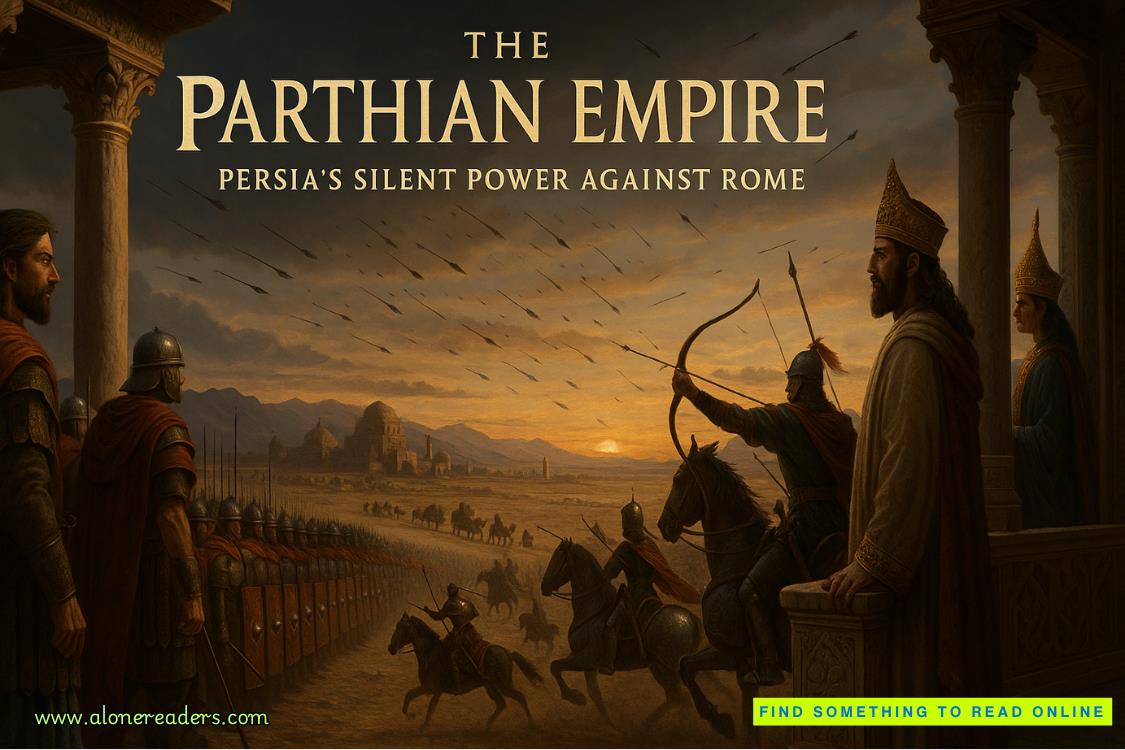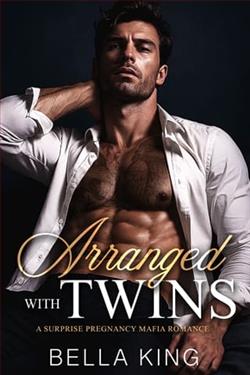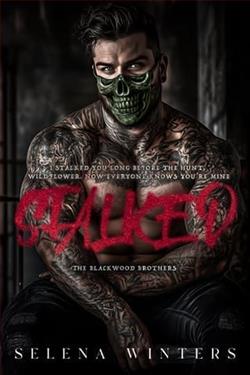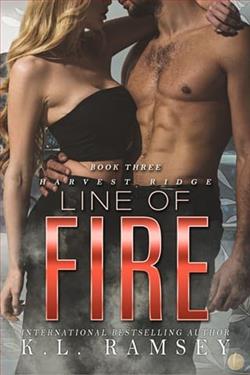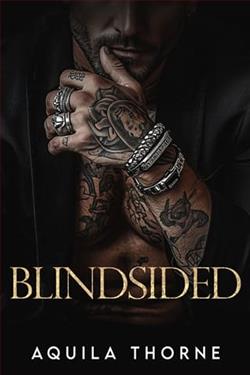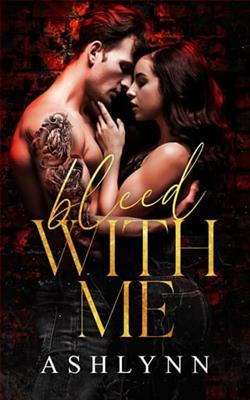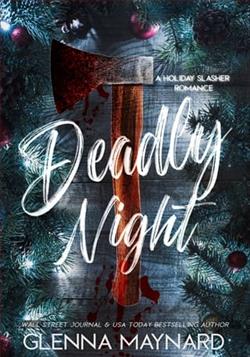Page 49 of A Murder in Trinity Lane
“She didn’t deserve that,” he added, quieter now. “She was always respectful when I saw her on her errands.”
Something in my chest twisted. This man had known her only in glimpses, and yet he'd extended a measure of compassion that others—those who should have protected her—had not.
The constable stepped down, shoulders stiff as he returned to his seat. A brief murmur passed through the room before Doctor Loughton was called up.
He rose from the front bench and approached the stand with the same brisk efficiency I remembered from the mortuary. But unlike that evening when he’d worn a blood-smeared apron, today he was dressed in a dark frock coat and high collar, the very image of professional detachment. After adjusting his spectacles, he opened a slim leather folio and began.
“I examined the deceased, Miss Elsie Leonard, at St. James’s mortuary on the evening of the fourteenth,” he spoke in a clipped, clinical tone. “There were no signs of robbery. No bruising consistent with a fall. Cause of death was strangulation.”
He turned a page and tapped notes with one long finger. “Ligature marks were absent, which suggests the act wascommitted by hand. There was bruising along the throat and a fracture to the hyoid bone—typical in cases of manual strangulation. Based on the pattern and depth of pressure, I am confident the assailant possessed considerable strength.”
He paused, lifting his gaze from the page. “This was not done in panic. It was deliberate. And given the breadth of the bruising across the neck and jaw, I believe the hands belonged to a man.”
The hush that followed was different this time—sharper, as if the room itself bristled at the worddeliberate. Although I couldn’t imagine how one could classify it as something other than that.
Beside me, Steele shifted just enough that his coat brushed mine. I didn’t look at him. My eyes remained fixed on Dr. Loughton, who quietly snapped shut his folio and stepped down, his polished shoes clicking softly on the wood.
The coroner called the next witness—Inspector Dodson. He took the stand with a faint sigh, as though the entire proceeding were a waste of his morning.
His coat hung unbuttoned, the hem slightly askew, and his boots were scuffed with wear. He looked much the same as when I first encountered him, except now his disinterest was even more apparent. He didn’t so much as glance at the jury as he began.
“The deceased, Miss Elsie Leonard, had been residing at St. Agnes in Clerkenwell,” he said flatly. “The Home for Unwed Mothers.”
At that, Dodson raised a brow—just a flicker—but enough to make his opinion clear. As though any woman living at such a place couldn’t possibly be innocent. “Best assumption is she left the home to meet someone. Likely someone she knew. Someone she trusted. There was no evidence of robbery. No sign of a prolonged struggle. That points to a personal dispute. Possibly alover’s quarrel. These things happen.” He gave a small, careless shrug.
No grief. No outrage. No sense that a life had been taken, only the implication that Elsie’s past made her death somehow expected. Acceptable.
“We’ll make a few inquiries,” he added, almost as an afterthought, “but unless a witness comes forward, there’s little to go on.”
Once Dodson stepped down, the coroner turned to the jury. “Gentlemen,” the coroner intoned, “you have heard the evidence laid before you. I ask that you deliberate upon the circumstances and return your verdict as to the cause of Miss Elsie Leonard’s death.”
The men conferred in low tones for barely a minute, their expressions unreadable, impassive. They had no more desire to be there than Dodson had. Not one of them gave any sign they considered Elsie as anything more than a nameless tragedy, barely worth a moment’s thought.
Having seemingly reached their verdict, the foreman stood and cleared his throat. “Unlawful killing by person unknown.”
That was it. Neat. Final. And conveniently impersonal.
The coroner offered a nod, muttered a few formalities, and the jury was dismissed.
There would be no further inquiry. No criminal charge. No deeper investigation, unless Dodson chose to pursue it. And it was clear from his manner that he would not.
A subtle movement to the right of me caught my eye. A woman, half-shadowed beneath the gallery arch, sat alone, her face hidden beneath a heavy veil. She wore unrelieved black from collar to hem. Her hands were tightly gloved. While one rested on a closed parasol, the other was curled into a fist. Once the verdict was delivered, she rose without a sound and moved swiftly past the end of her bench.
I was on my feet in an instant. “There?—”
“I see her,” Steele said, already moving with me.
As best as we could, we pushed through the press of jostling bodies eager to escape the stifling courtroom. We found the sunlight blinding by the time we reached the front steps, and the street a tangle of hansoms and foot traffic.
But just at the edge of the pavement, I saw her.
She was stepping into a dark carriage, its glossy panels reflecting the morning light. A footman shut the door. And for a brief moment, I glimpsed the crest painted near the latch.
A curved arc—simple, elegant, unmistakable.
Before Steele and I had a chance to approach it, the carriage pulled away, folding into the clatter and smoke of the street.
“She’s gone,” I said, breathless and disappointed. We’d been so close.


